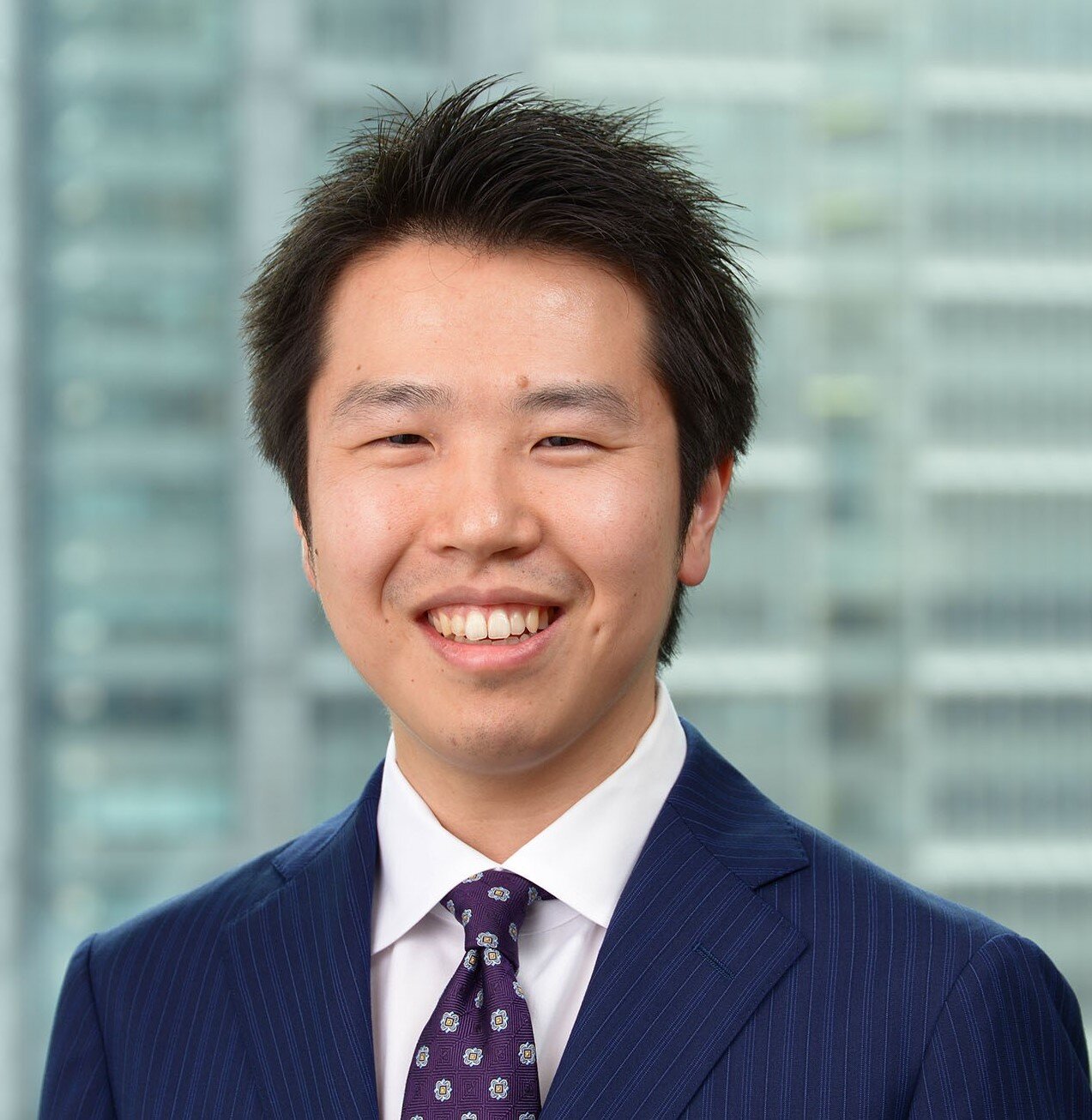2 min read
Toshikazu Hayashi | Chief Analyst, Nissay Asset Management Corporation
Phenix Capital Jun 8, 2021 8:39:21 AM

HOW DID YOU GET INTO THE FIELD OF IMPACT INVESTING?
I first encountered ESG when I was studying at a university in the UK in 2010, and have been working on ESG investing for the past 10 years. The idea of contributing to the improvement of sustainability through investment activities is one of the things that originally attracted me to the field of ESG. However, I have also felt that in many cases, the contribution to sustainability through ESG investing is still conceptual. In this context, I came across the idea of impact investing, which focuses more on real-world change, and decided to get involved myself.
IS THERE ONE THEME WITHIN THE SDGS THAT YOU SPECIFICALLY IDENTIFY OR SYMPATHIZE WITH?
I myself do not specialize in any particular theme of the SDGs. Rather, I am mainly interested in how financial and capital markets can contribute to the improvement of the SDGs within their mechanisms. I would also like to conduct further research on how to strengthen that mechanism.
WHAT HAS BEEN A HIGHLIGHT OF YOUR CAREER SO FAR?
A turning point in my career in the area of impact investing came in 2020 when I wrote a report on impact investing activities in the listed equity space, commissioned by the Japanese Financial Services Agency. This research also gave me the opportunity to meet and get to know many of the stakeholders in the impact investing community.
WHAT KIND OF OPPORTUNITIES DO YOU SEE FOR IMPACT INVESTING SPECIFICALLY IN THE LISTED EQUITY SPACE?
One of the notable features of impact investing in listed equity is the potential size of the impact that can be created. However, it is not always easy to achieve the maximum level of impact creation. The key to this is the quality of shareholder engagement. Thanks to the spread of responsible/ESG investing, the importance of shareholder engagement has become a common understanding, but the question is now to what extent investors can truly contribute to the sustainability of our planet and socioeconomic systems. In that sense, listed equity is one of the most rewarding and at the same time challenging asset classes.
HOW DO YOU SEE AN ESG LENS COMPLEMENTING AN IMPACT INVESTING APPROACH?
Pursuing impact investing will enrich the ESG lens that has evolved through investment activities referred to by terms such as socially responsible investing, responsible investing, ESG investing, and sustainable investing. This is because, in order to continue to generate sustainable impact over the long term, the portfolio companies themselves need to grow sustainably. In this sense, the ESG lens and the impact investing lens are complementary and important to each other's development.
WHAT ARE THE MAIN DRIVERS FOR GROWTH IN ESG AND IMPACT INVESTING IN JAPAN IN THE NEXT COUPLE OF YEARS?
The ESG and impact investing market in Japan continues to expand. One of the main reasons for this is the growing understanding of the importance of the market as an infrastructure to support a sustainable society. From 2020 to 2021, the Japanese government has set a carbon neutrality target for 2050 and pledged a greenhouse gas emissions reduction of 46% by 2030. The momentum for climate action in Japan is growing at an unprecedented level, and the commitment is spreading not only among business corporations but also among institutional investors. In the next couple of years, the impact investing market in Japan could expand around the impact goal of contributing to the carbon neutrality target, while also drawing in other environmental and social issues.
About Nissay Asset Management Corporation
Nissay Asset Management Corporation is an asset management firm wholly owned by Nippon Life Insurance Company, a life insurer in Japan.
Carla Fredericks, Chief Executive Officer, The Christensen Fund
Christian Bausch, Associate Director Boehringer Ingelheim Social Engagement, Boehringer Ingelheim Corporate Center GmbH
Note: Christian Bausch is sharing his personal thoughts. They do not reflect the views of Boehringer Ingelheim.
